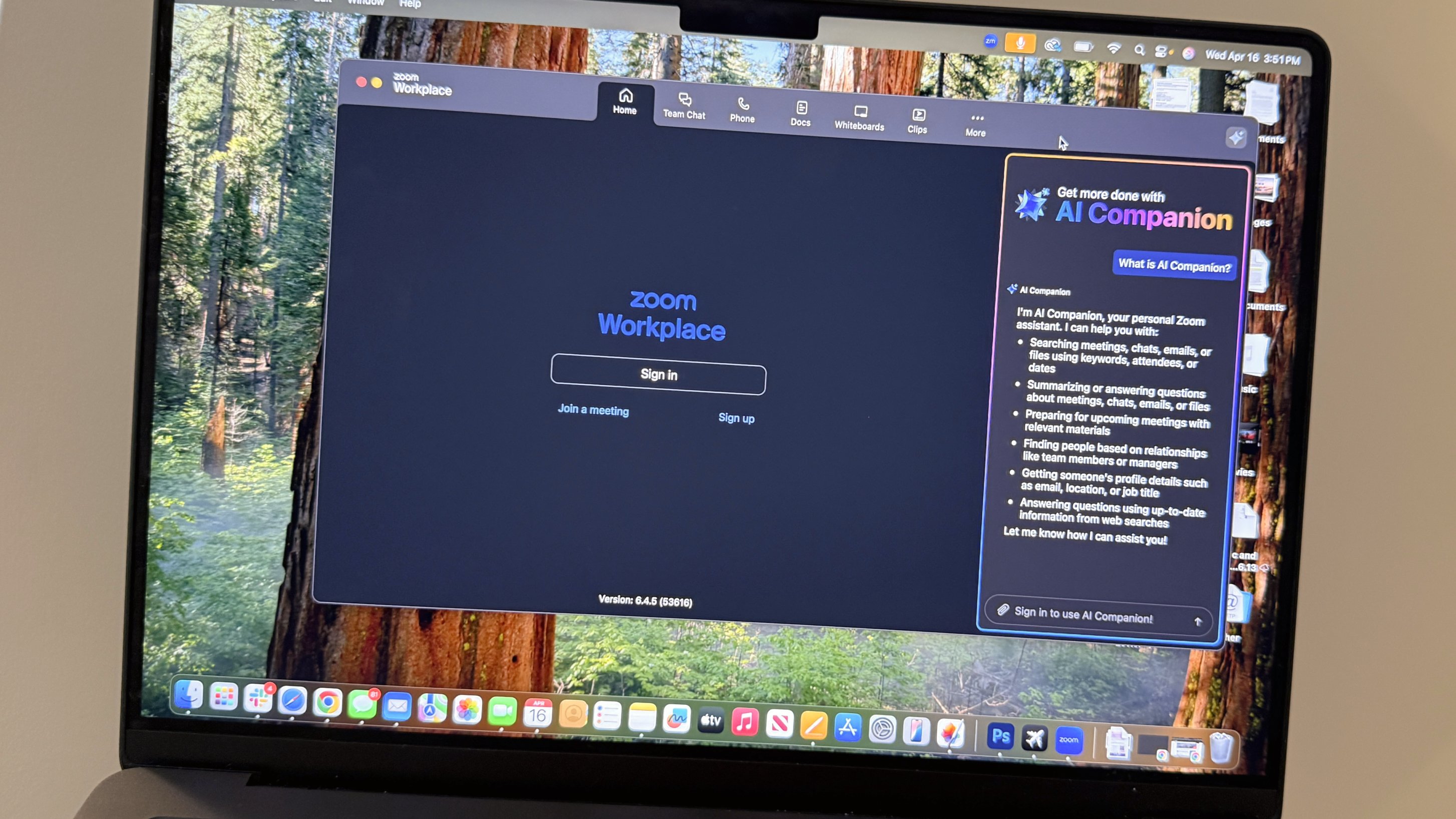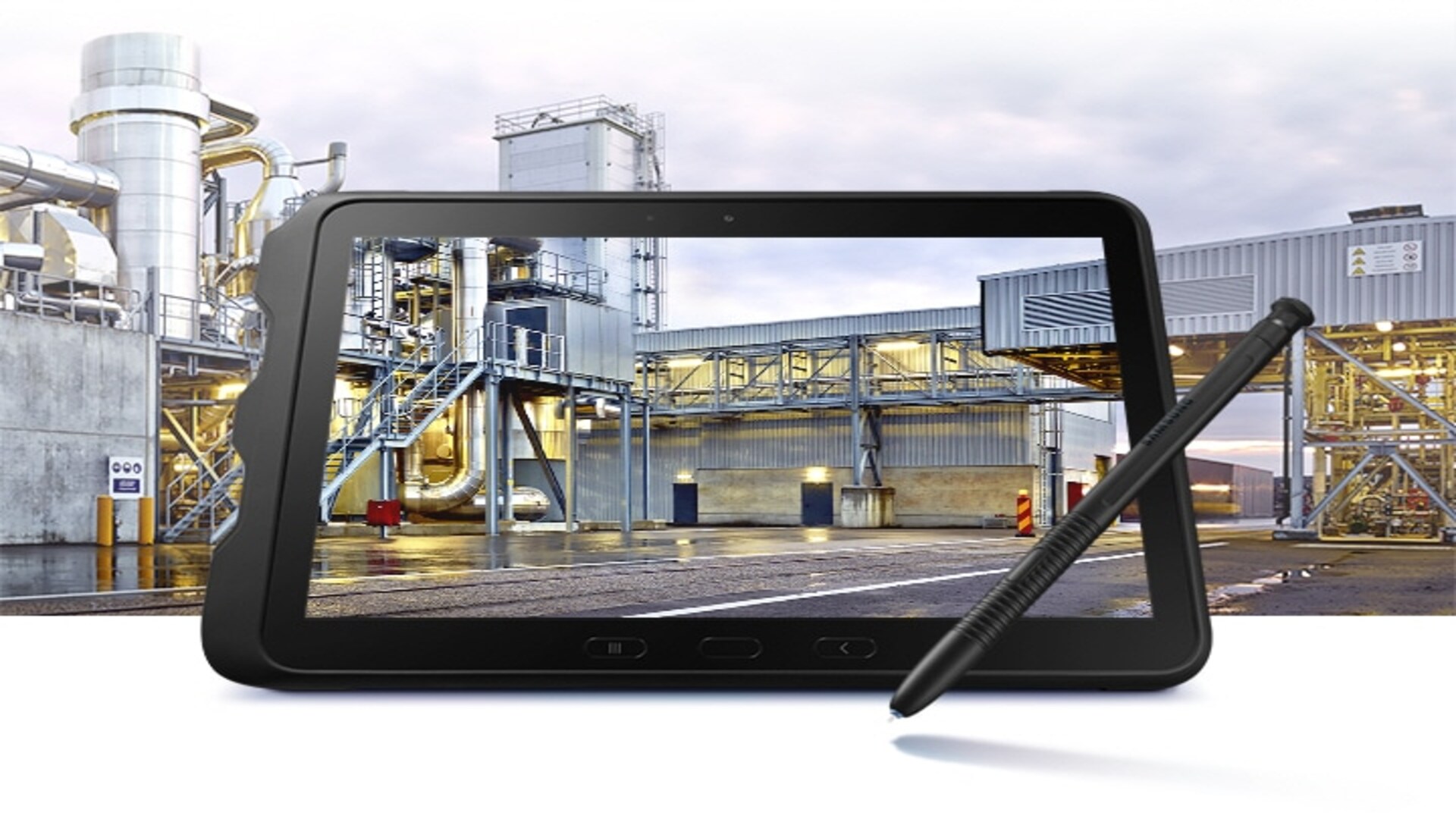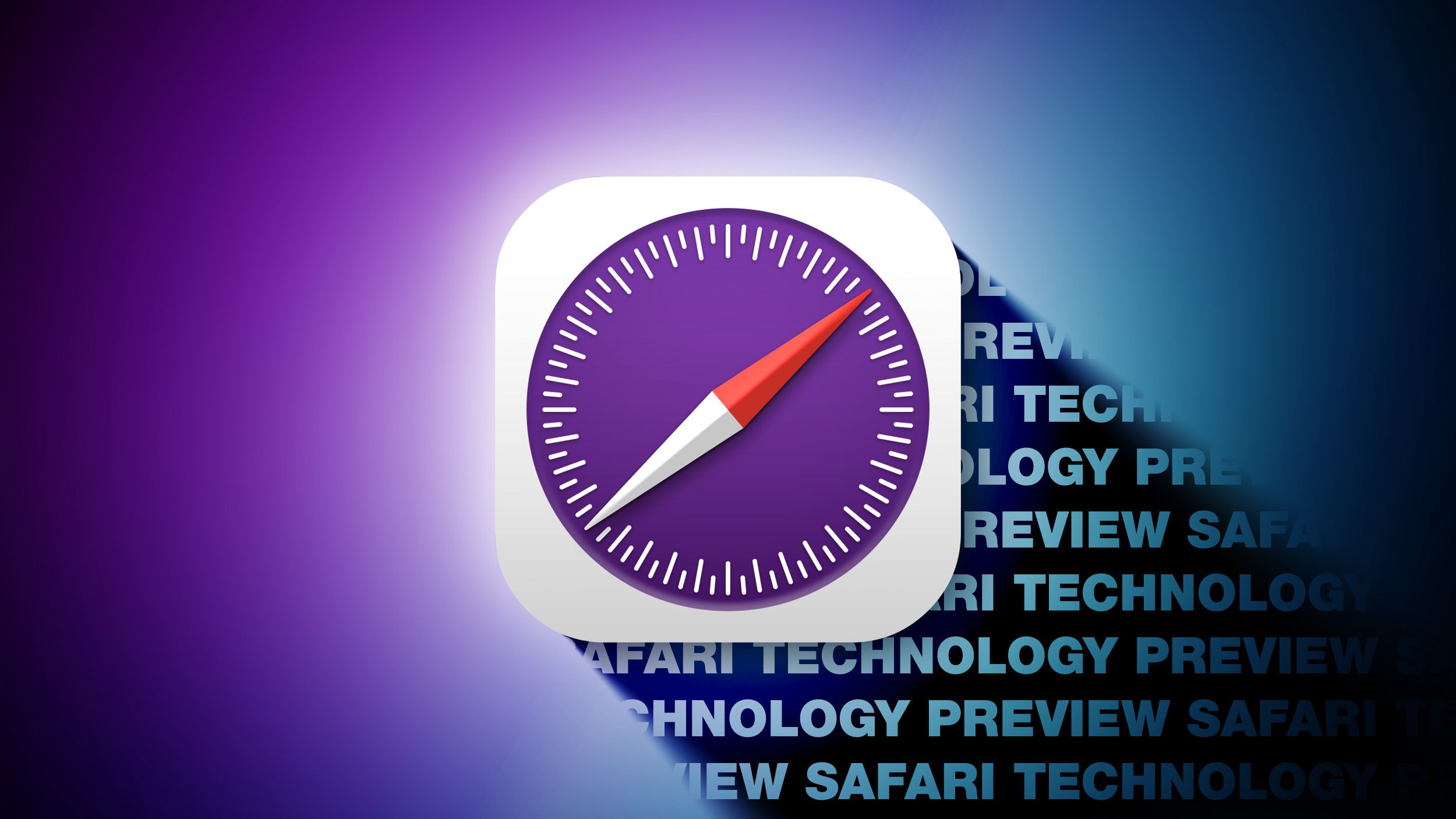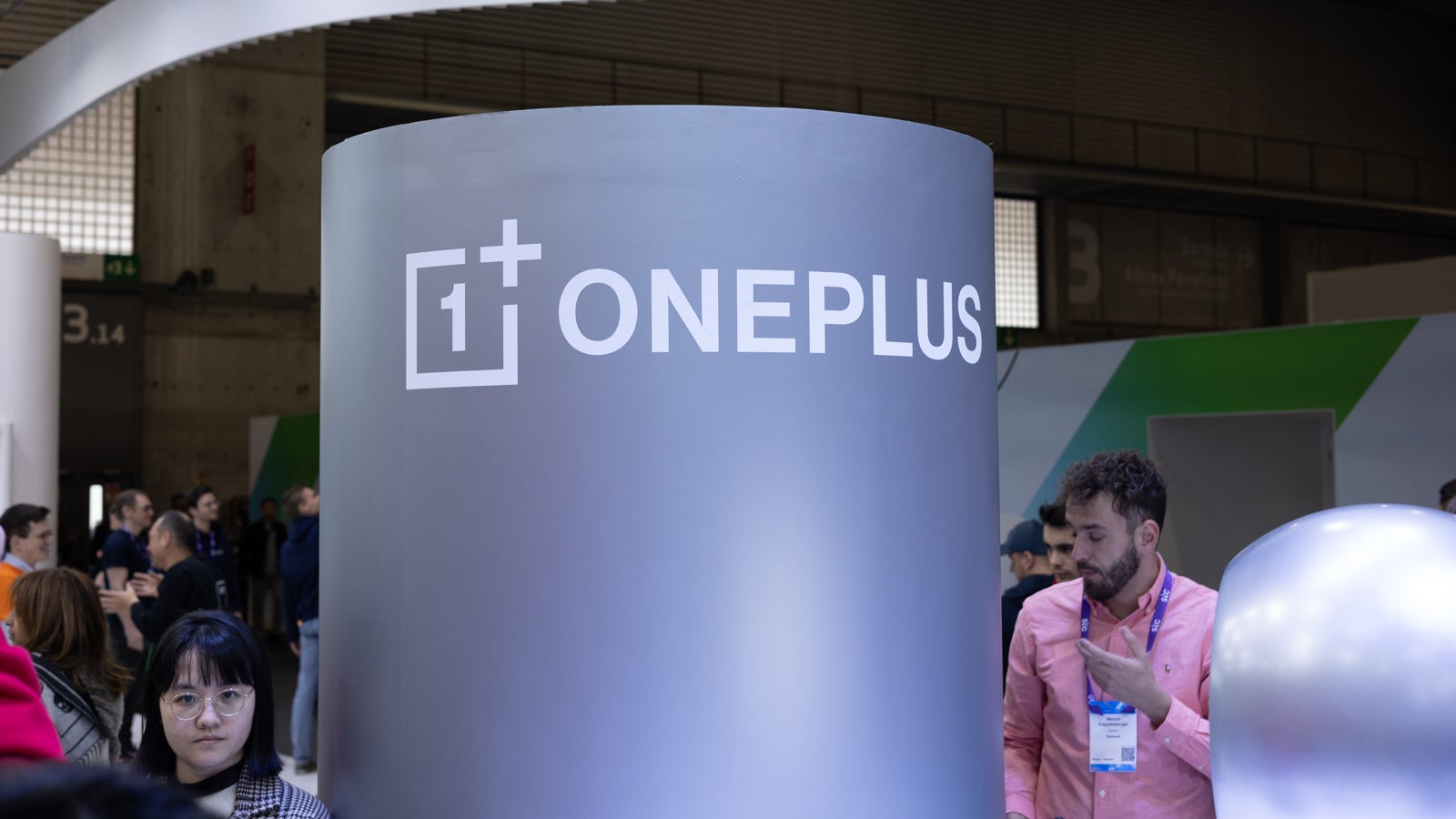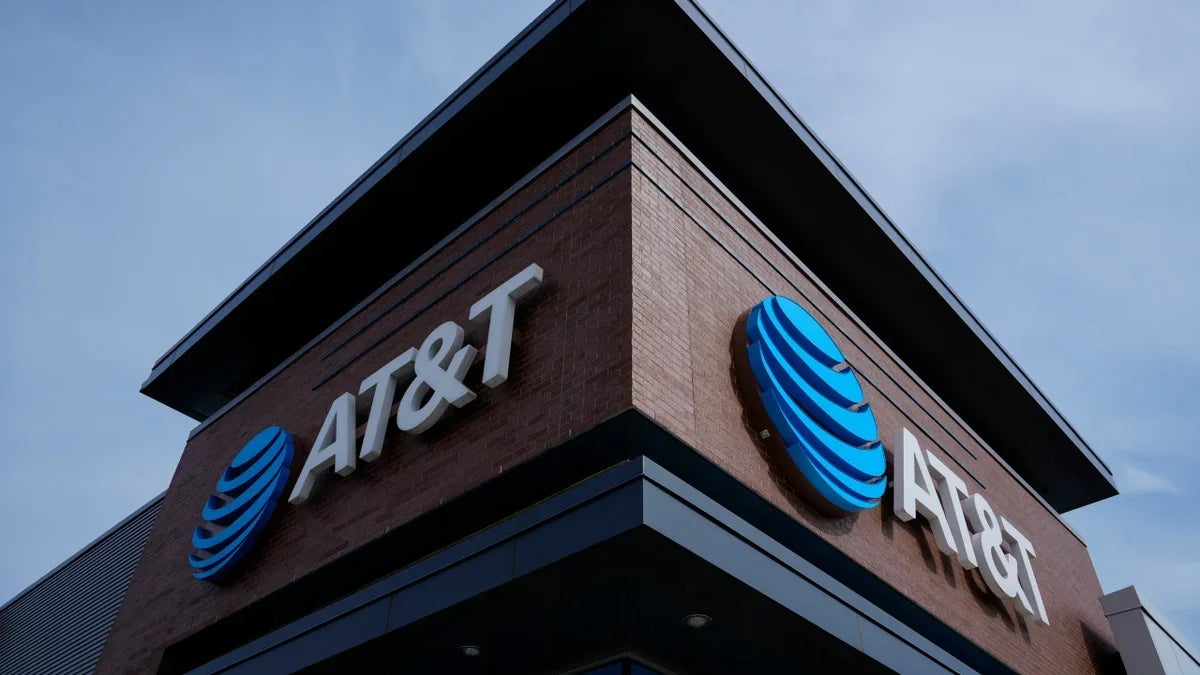Agents vs MCPs: Is the AI Hype Shifting?
If you've been following AI developments at all over the last year, I'm sure you heard about how autonomous AI agents were the next big thing that was going to change the landscape. You might have also heard names like AutoGPT, BabyAGI, and CAMEL AI. These agents could loop through tasks, reflect, plan, and even decide which tools to use. It felt a little like magic or sci fi to be able to give them a goal and watch them figure things out. But if you've still been following along the AI train, you've probably started hearing about the next big thing called Model Context Protocol, or MCPs. Is this going to overtake agents for the next big thing? How are they different than agents? This 101 post should give you a little more insight into agents and MCPs and understand how they'll continue to impact the AI landscape. Intern vs Assembly Line: A Metaphor Since there are a lot of people talking about both of these, there's no shortage of information, but let's try to think of it in a practical way: Agents are like giving an intern a vague goal: “Find out how we can improve onboarding.” They figure things out as they go, ask questions, try stuff, maybe even get distracted or make mistakes. They’re autonomous and occasionally brilliant, but you need to check their work. MCPs are like giving a trained operator access to a tightly organized set of APIs and tools, with a clear understanding of how to use them. The system is grounded, predictable, and effective because it follows a well-defined communication protocol. What Are Agents? Autonomous AI agents are systems that use AI to think, plan, and take actions on their own. They often use tools, remember what they’ve done, and reflect on their results to improve as they go. They typically use large language models (LLMs) to make decisions. Agent Strengths Exploring unclear goals Adapting dynamically Researching, brainstorming, and simulating tasks Weaknesses Unpredictable and hard to debug Prone to hallucinations and failure loops Expensive to run due to many iterative calls Real Use Case: Research Automation Some developers have used agents to research new topics by instructing them to search the web, summarize sources, and provide reports. If you're like me, you've probably done this and found that although the agent is confident, they're often unreliable and provide outdated or even hallucinated content. Agent Example: AutoGPT for SEO Content Research Let's say a developer at a startup wants to create a comprehensive blog content plan based on competitor analysis and trending keywords. They use AutoGPT like this: Goal: "Analyze top 5 competitor blogs, extract trending SEO keywords, and generate 10 article ideas targeting our product niche." AutoGPT would then search the web for competitors, visit and summarize their top blog posts, identify SEO keywords, generate article ideas, and store the results in a local file. Why does that make it an agent? Because: It plans its own actions. It uses memory and loops. It chooses what tools to use (web search, summarizer, file writer). It continues working toward the goal without needing step-by-step prompts. What Are MCPs? Model Context Protocols (MCPs) are standards that help AI models connect to real tools, data, and APIs in a reliable way. Instead of guessing, the model knows what tools it can use, what kind of data to expect, and how to respond with clean, structured output. MCPs are all about giving the model clear rules for how to work with real-world systems and information. Strengths Predictable and testable Grounded in real-time or structured data Designed for reliability in production Weaknesses Less flexible in ambiguous scenarios Relies on well-defined schemas and system design Real Use Case: Connecting Models to Live APIs With MCPs, a model can understand how to query an external weather API, get user-specific account info, or return a JSON object for further processing without the unpredictability of hallucinations. MCP Example: Anthropic’s Model Context Protocol for Travel Booking Let's say a developer at a travel app startup uses the Model Context Protocol to connect their internal booking database and flight API to Claude. They register tools using MCP so the model can access live flight prices, query hotel availability, parse user input into structured booking requests, and return output in standardized JSON format. The initial query might look something like this: User: Find me a flight to Berlin next Friday and a hotel under $200 near Alexanderplatz. Claude (via MCP): Calls flight API + hotel API → returns filtered options in structured response. Why does that make it an MCP? Because: The tools are exposed via protocol with metadata. The model knows what data it can access and how. It returns programmatic, structured outputs. It’s designed for rel

If you've been following AI developments at all over the last year, I'm sure you heard about how autonomous AI agents were the next big thing that was going to change the landscape. You might have also heard names like AutoGPT, BabyAGI, and CAMEL AI. These agents could loop through tasks, reflect, plan, and even decide which tools to use. It felt a little like magic or sci fi to be able to give them a goal and watch them figure things out.
But if you've still been following along the AI train, you've probably started hearing about the next big thing called Model Context Protocol, or MCPs.
Is this going to overtake agents for the next big thing? How are they different than agents? This 101 post should give you a little more insight into agents and MCPs and understand how they'll continue to impact the AI landscape.
Intern vs Assembly Line: A Metaphor
Since there are a lot of people talking about both of these, there's no shortage of information, but let's try to think of it in a practical way:
- Agents are like giving an intern a vague goal: “Find out how we can improve onboarding.” They figure things out as they go, ask questions, try stuff, maybe even get distracted or make mistakes. They’re autonomous and occasionally brilliant, but you need to check their work.
- MCPs are like giving a trained operator access to a tightly organized set of APIs and tools, with a clear understanding of how to use them. The system is grounded, predictable, and effective because it follows a well-defined communication protocol.
What Are Agents?
Autonomous AI agents are systems that use AI to think, plan, and take actions on their own. They often use tools, remember what they’ve done, and reflect on their results to improve as they go. They typically use large language models (LLMs) to make decisions.
Agent Strengths
- Exploring unclear goals
- Adapting dynamically
- Researching, brainstorming, and simulating tasks
Weaknesses
- Unpredictable and hard to debug
- Prone to hallucinations and failure loops
- Expensive to run due to many iterative calls
Real Use Case: Research Automation
Some developers have used agents to research new topics by instructing them to search the web, summarize sources, and provide reports. If you're like me, you've probably done this and found that although the agent is confident, they're often unreliable and provide outdated or even hallucinated content.
Agent Example: AutoGPT for SEO Content Research
Let's say a developer at a startup wants to create a comprehensive blog content plan based on competitor analysis and trending keywords. They use AutoGPT like this:
Goal: "Analyze top 5 competitor blogs, extract trending SEO keywords, and generate 10 article ideas targeting our product niche."
AutoGPT would then search the web for competitors, visit and summarize their top blog posts, identify SEO keywords, generate article ideas, and store the results in a local file.
Why does that make it an agent? Because:
- It plans its own actions.
- It uses memory and loops.
- It chooses what tools to use (web search, summarizer, file writer).
- It continues working toward the goal without needing step-by-step prompts.
What Are MCPs?
Model Context Protocols (MCPs) are standards that help AI models connect to real tools, data, and APIs in a reliable way. Instead of guessing, the model knows what tools it can use, what kind of data to expect, and how to respond with clean, structured output.
MCPs are all about giving the model clear rules for how to work with real-world systems and information.
Strengths
- Predictable and testable
- Grounded in real-time or structured data
- Designed for reliability in production
Weaknesses
- Less flexible in ambiguous scenarios
- Relies on well-defined schemas and system design
Real Use Case: Connecting Models to Live APIs
With MCPs, a model can understand how to query an external weather API, get user-specific account info, or return a JSON object for further processing without the unpredictability of hallucinations.
MCP Example: Anthropic’s Model Context Protocol for Travel Booking
Let's say a developer at a travel app startup uses the Model Context Protocol to connect their internal booking database and flight API to Claude. They register tools using MCP so the model can access live flight prices, query hotel availability, parse user input into structured booking requests, and return output in standardized JSON format. The initial query might look something like this:
User: Find me a flight to Berlin next Friday and a hotel under $200 near Alexanderplatz.
Claude (via MCP): Calls flight API + hotel API → returns filtered options in structured response.
Why does that make it an MCP? Because:
- The tools are exposed via protocol with metadata.
- The model knows what data it can access and how.
- It returns programmatic, structured outputs.
- It’s designed for reliability, not autonomy.
Agents vs MCPs: Side-by-Side
| Feature | Agents | MCPs (Model Context Protocols) |
|---|---|---|
| Autonomy | High | Low (Structured) |
| Predictability | Low | High |
| Debuggability | Poor | Strong |
| Best Use Case | Exploration, ideation | Live data access, production workflows |
| Hallucination Risk | High | Low |
| Cost Efficiency | Low | High (due to fewer missteps) |
The Shift from Agents to MCPs
There's no doubt that agents have allowed us to do work faster and more efficiently, but most developers want tools that are reliable, testable, and scalable. MCPs offer more of that structure by allowing models to function more like connected services. Because of this, they can access and return real information instead of improvising answers. MCPs aren't going to cause the death of agents, but we can think of it like maturing in the process of using language models in real-world applications.
Bonus: Should I Use an Agent or Model Context Protocol (MCP)?
This is a very simiplified way to look at it, but hopefully if you're still trying to figure this out, you might find some insight in the questions below.
-
Is your goal quick experimentation or creative exploration?
- ✅ Yes → Use an Agent
- ❌ No → Next question
-
Is this going into a production system?
- ✅ Yes → Use MCP
- ❌ No → Next question
-
Do you need precise control over tool usage and structured output (like JSON or API calls)?
- ✅ Yes → Use MCP
- ❌ No → Use an Agent
Summary:
| Situation | Use Agent | Use MCP |
|---|---|---|
| Prototyping / R&D | ✅ | |
| Needs structured, reliable output | ✅ | |
| Calling multiple real-world APIs | ✅ | |
| You want fast, creative ideas | ✅ | |
| Building a user-facing feature | ✅ |




















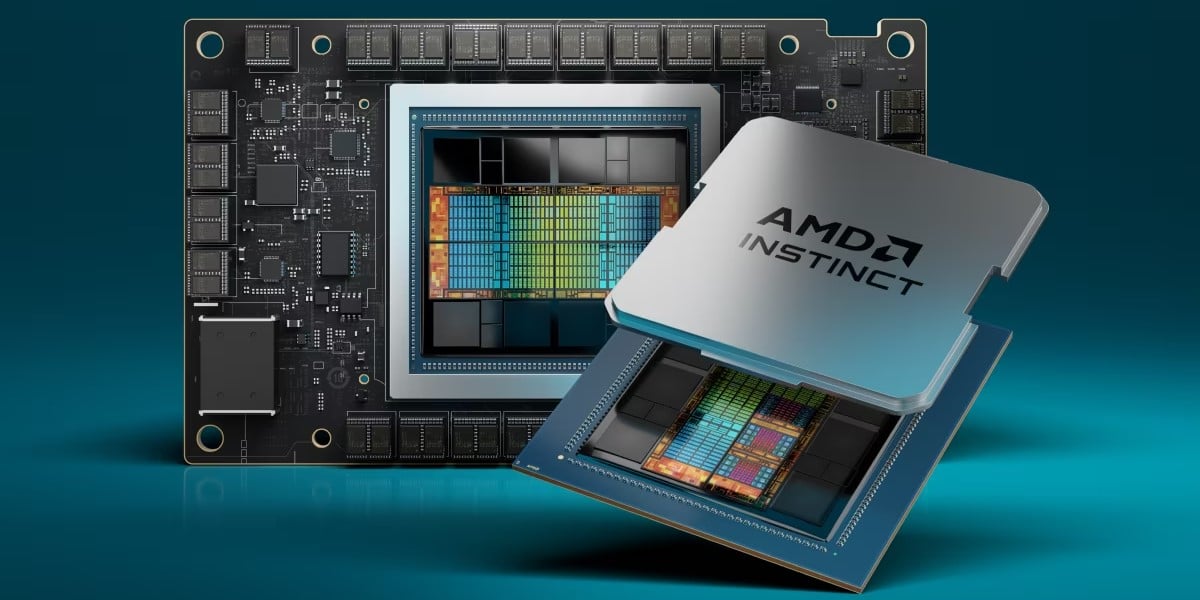




























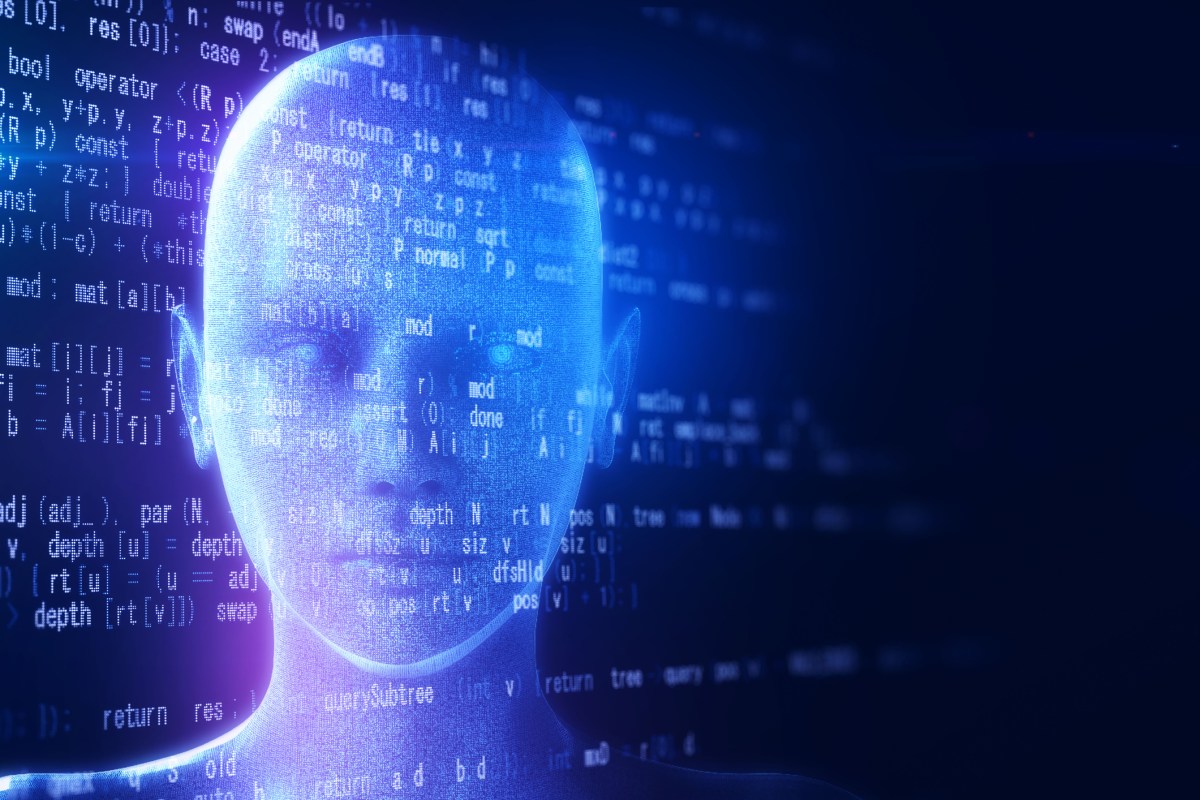
























































































































![[The AI Show Episode 144]: ChatGPT’s New Memory, Shopify CEO’s Leaked “AI First” Memo, Google Cloud Next Releases, o3 and o4-mini Coming Soon & Llama 4’s Rocky Launch](https://www.marketingaiinstitute.com/hubfs/ep%20144%20cover.png)

















































































































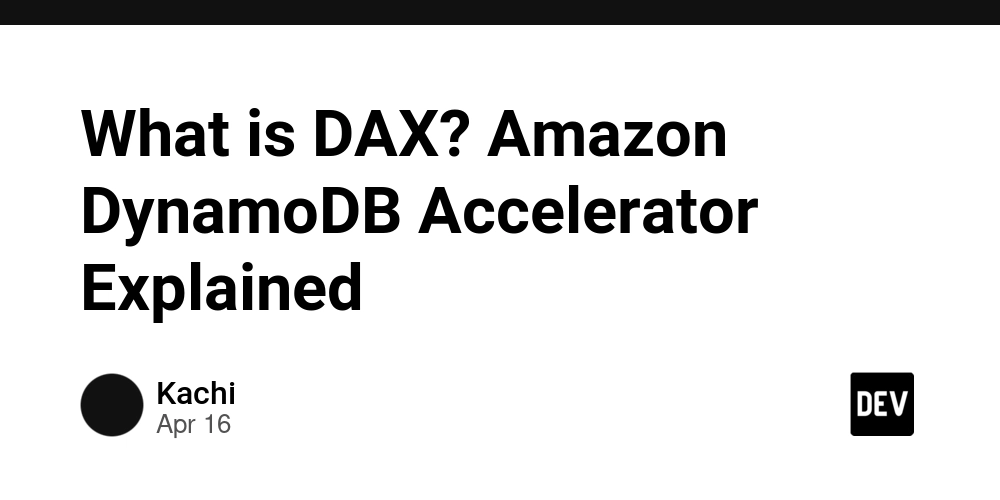
















































































![GrandChase tier list of the best characters available [April 2025]](https://media.pocketgamer.com/artwork/na-33057-1637756796/grandchase-ios-android-3rd-anniversary.jpg?#)












































.png?width=1920&height=1920&fit=bounds&quality=70&format=jpg&auto=webp#)










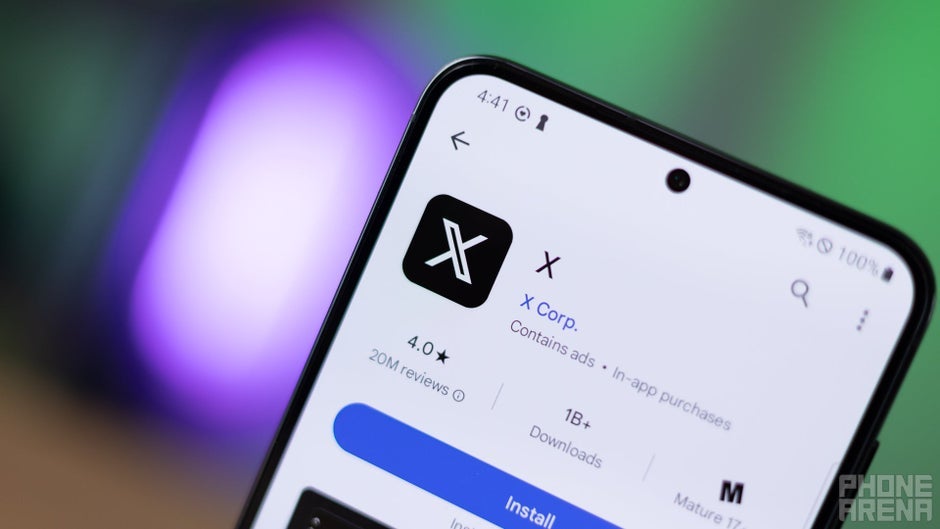

























































































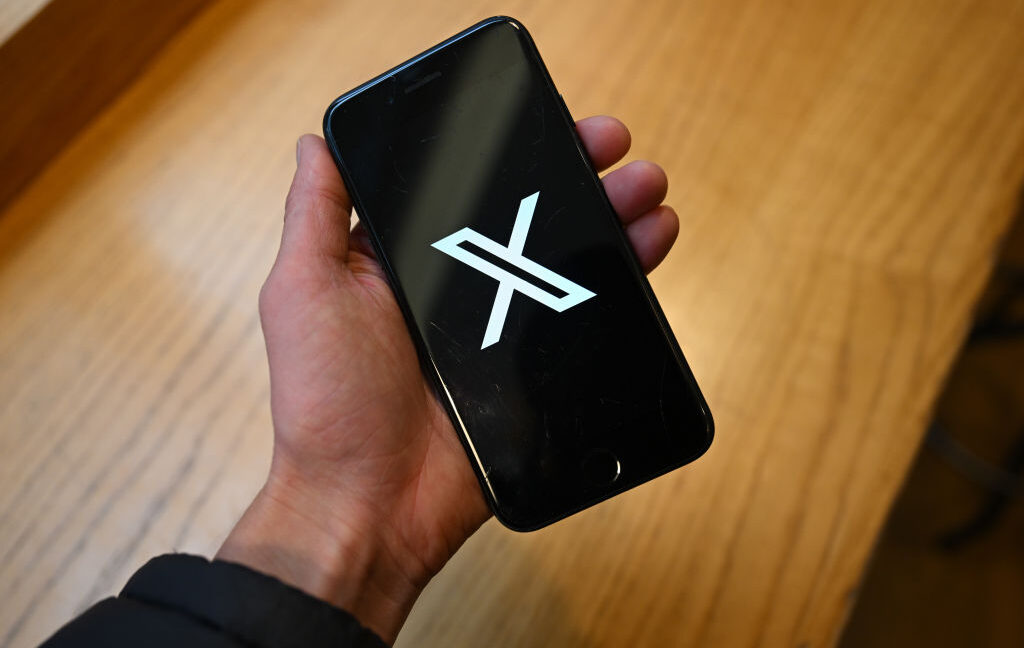
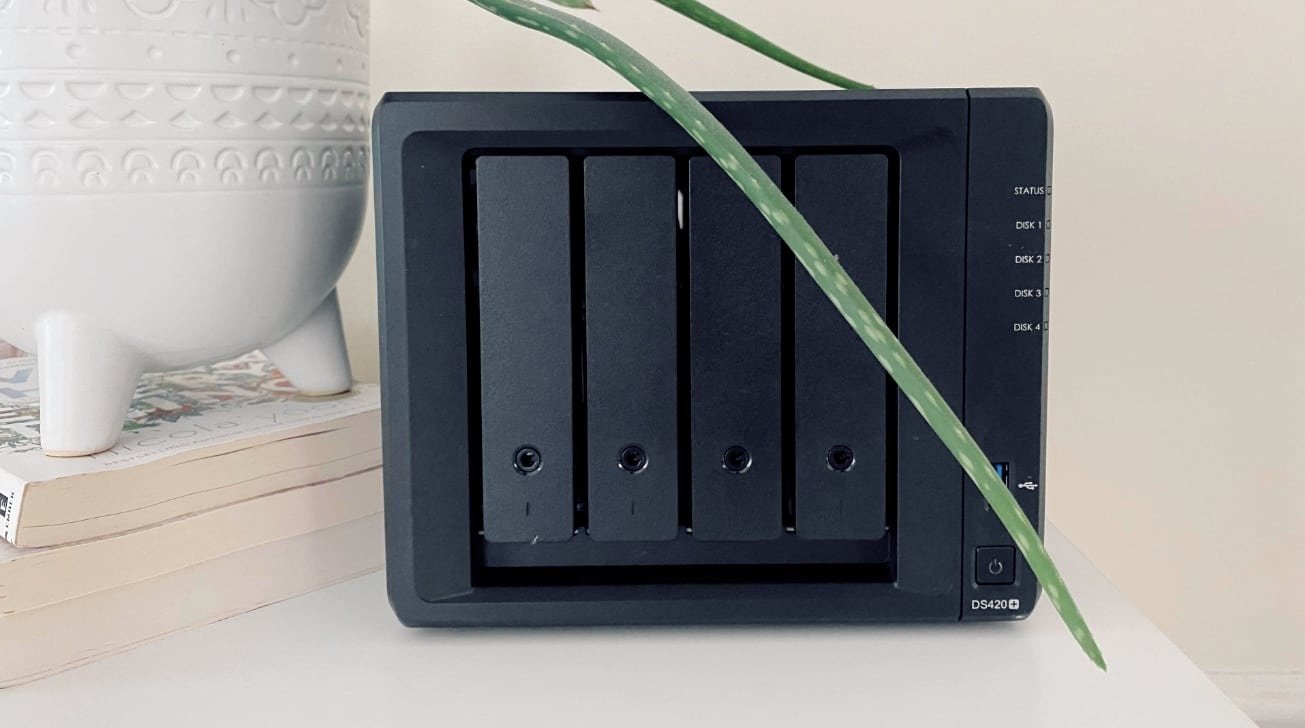

![Global security vulnerability database gets 11 more months of funding [u]](https://photos5.appleinsider.com/gallery/63338-131616-62453-129471-61060-125967-51013-100774-49862-97722-Malware-Image-xl-xl-xl-(1)-xl-xl.jpg)

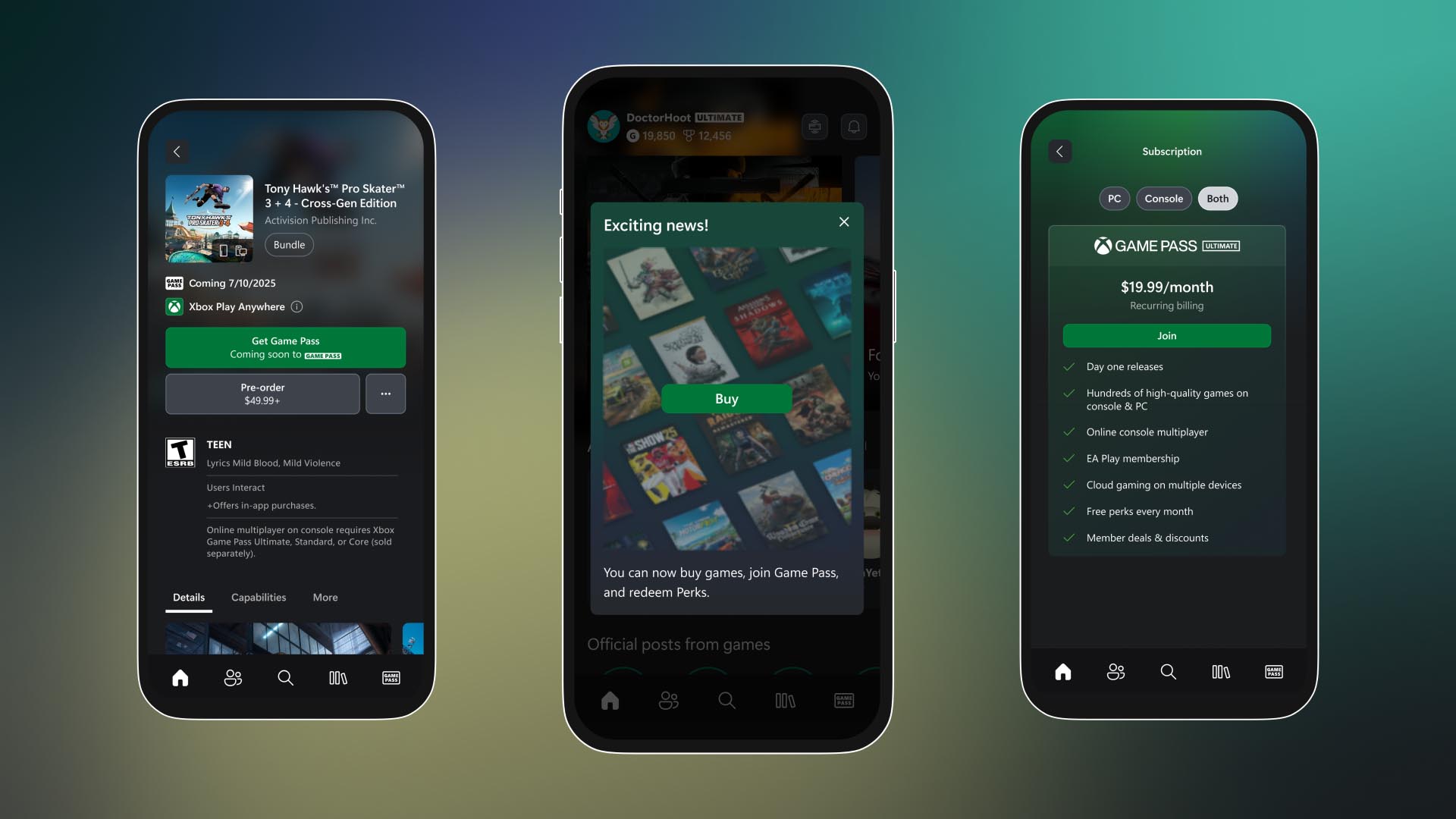
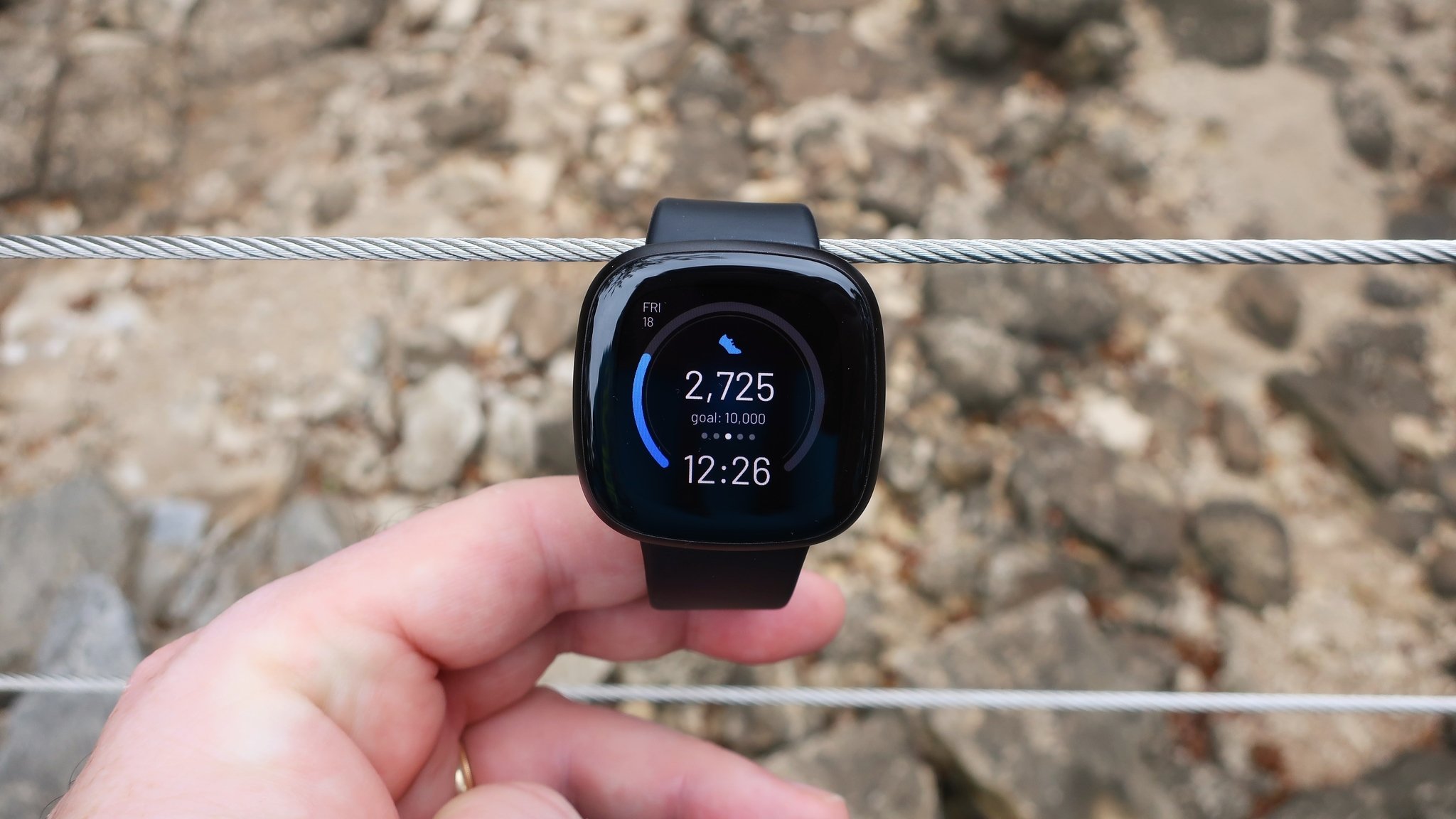

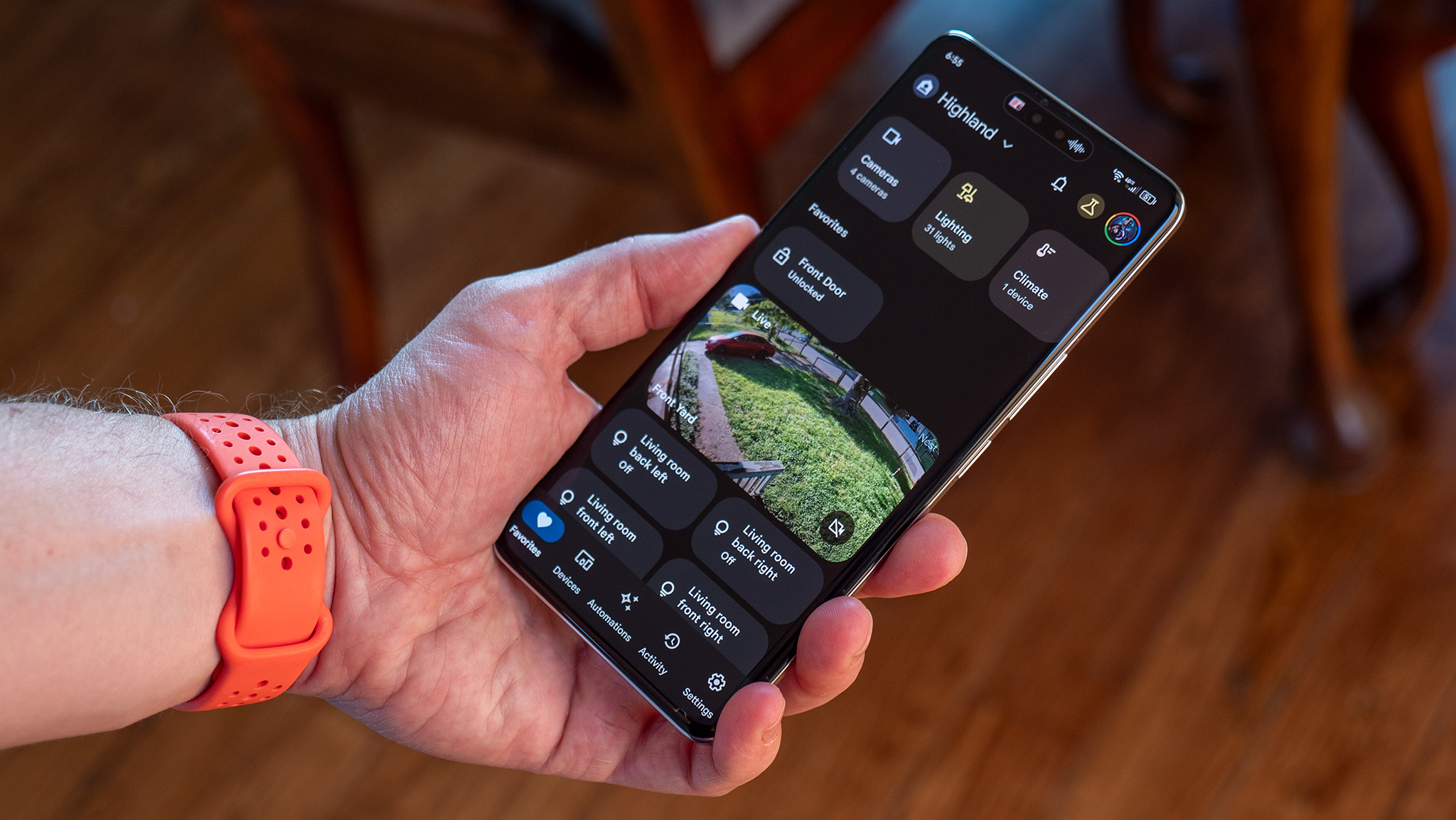
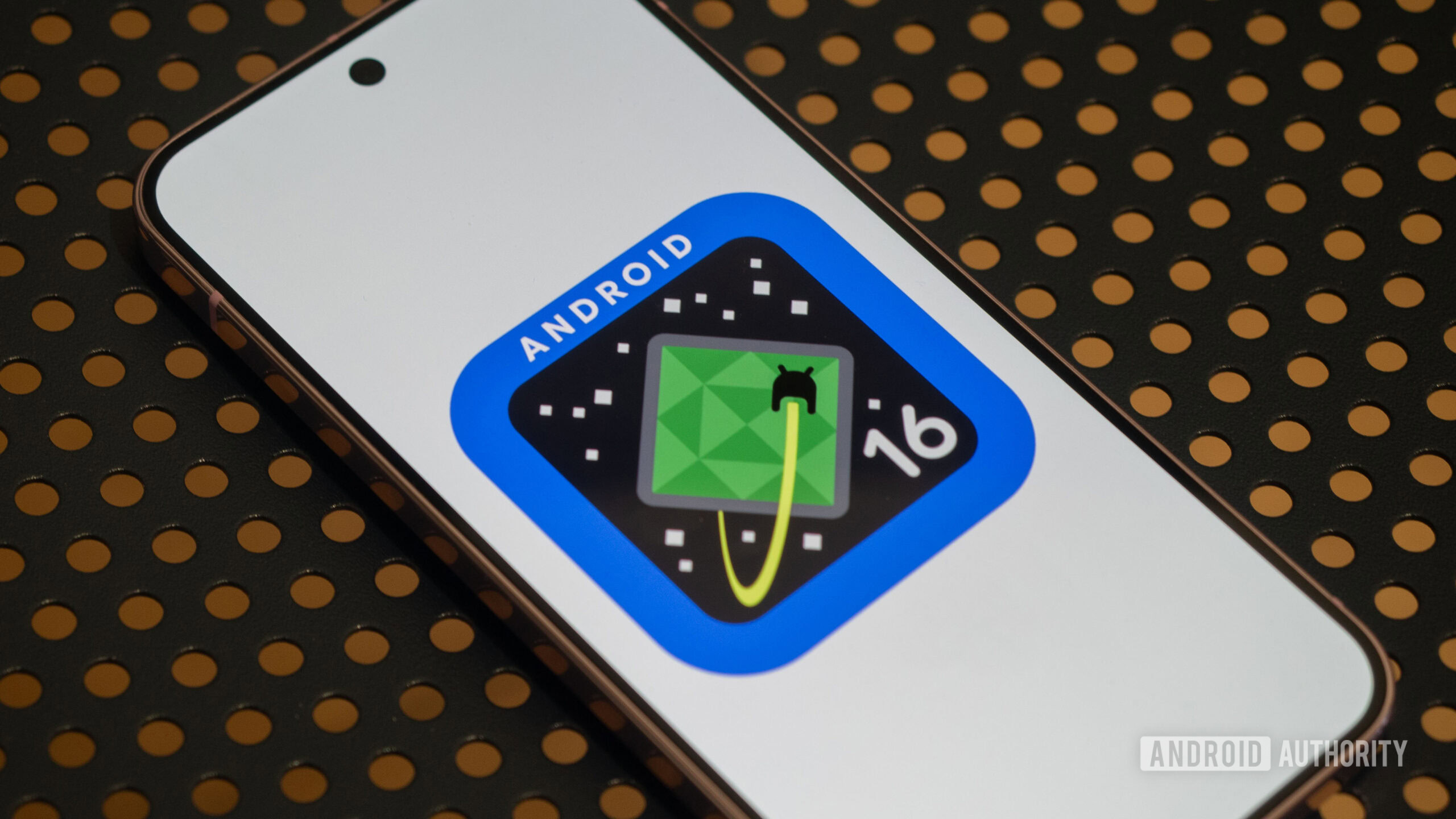




















![Apple M4 13-inch iPad Pro On Sale for $200 Off [Deal]](https://www.iclarified.com/images/news/97056/97056/97056-640.jpg)
![Apple Shares New 'Mac Does That' Ads for MacBook Pro [Video]](https://www.iclarified.com/images/news/97055/97055/97055-640.jpg)

















